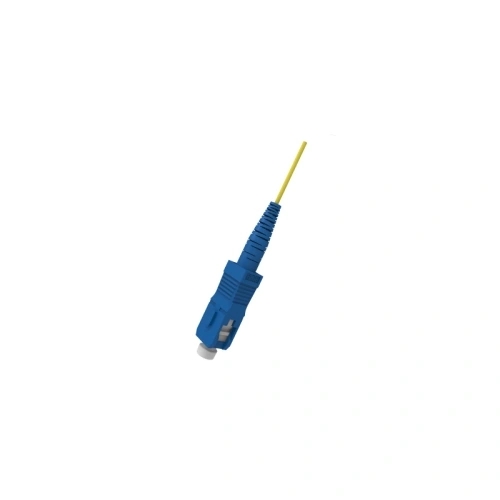An Exploration of Fiber Optic Patch Cord Connectors

Fiber optic patch cord connectors are crucial components in the field of telecommunications and data transmission. These connectors provide a convenient and efficient way to connect and disconnect fiber optic cables. Depending on the specific application or network infrastructure, various types of fiber optic patch cord connectors are available. This article will provide a detailed overview of the most commonly used types of fiber optic patch cord connectors, their features, and their applications.
1. LC Connector
The LC connector is a small form-factor connector that is widely used in high-density, structured cabling environments. Its compact size makes it ideal for space-limited applications. The LC connector features a push-pull latching mechanism that allows for easy and secure connections. This connector is most commonly used in single-mode applications such as in long-haul telecommunications networks.
2. SC Connector
The SC connector, also known as a Subscriber Connector or Standard Connector, is one of the most commonly used connectors in fiber optic networking. It is a snap-in connector that provides a reliable connection and is easy to install and remove. The SC connector is commonly used in both single-mode and multimode applications and is suitable for high-bandwidth, high-speed networks.
3. ST Connector
The ST connector, also known as a Straight Tip connector, is one of the earliest fiber optic connectors introduced. It features a twist-lock bayonet coupling mechanism that provides a secure connection. The ST connector is commonly used in multimode applications and is well-suited for both data and voice applications in local area networks (LANs).
In addition to these three main types, other fiber optic patch cord connectors such as FC (Ferrule Connector), MTP (Multi-fiber Termination Push-on), and MPO (Multi-fiber Push-On/Pull-Off) connectors are also available. Each type of connector has its own unique features and advantages, making it suitable for different applications and environments.
In conclusion, understanding the different types of fiber optic patch cord connectors is essential for anyone working in the field of telecommunications and data transmission. Choosing the right connector for a specific application can greatly impact the performance and efficiency of the network. By considering factors such as size, compatibility, optical performance, and installation requirements, one can select the most suitable connector that meets their specific needs.



